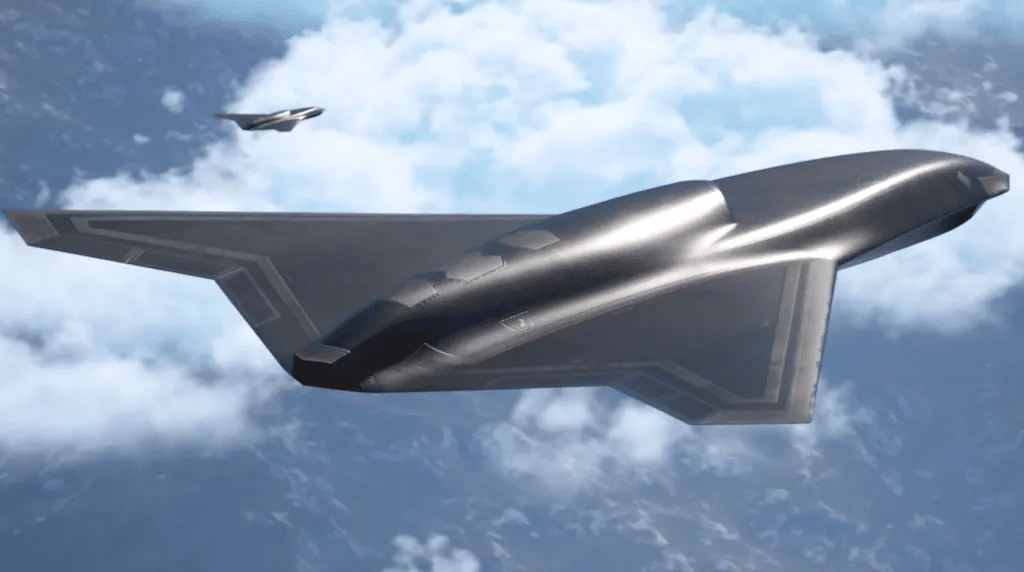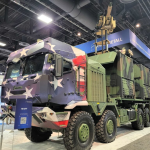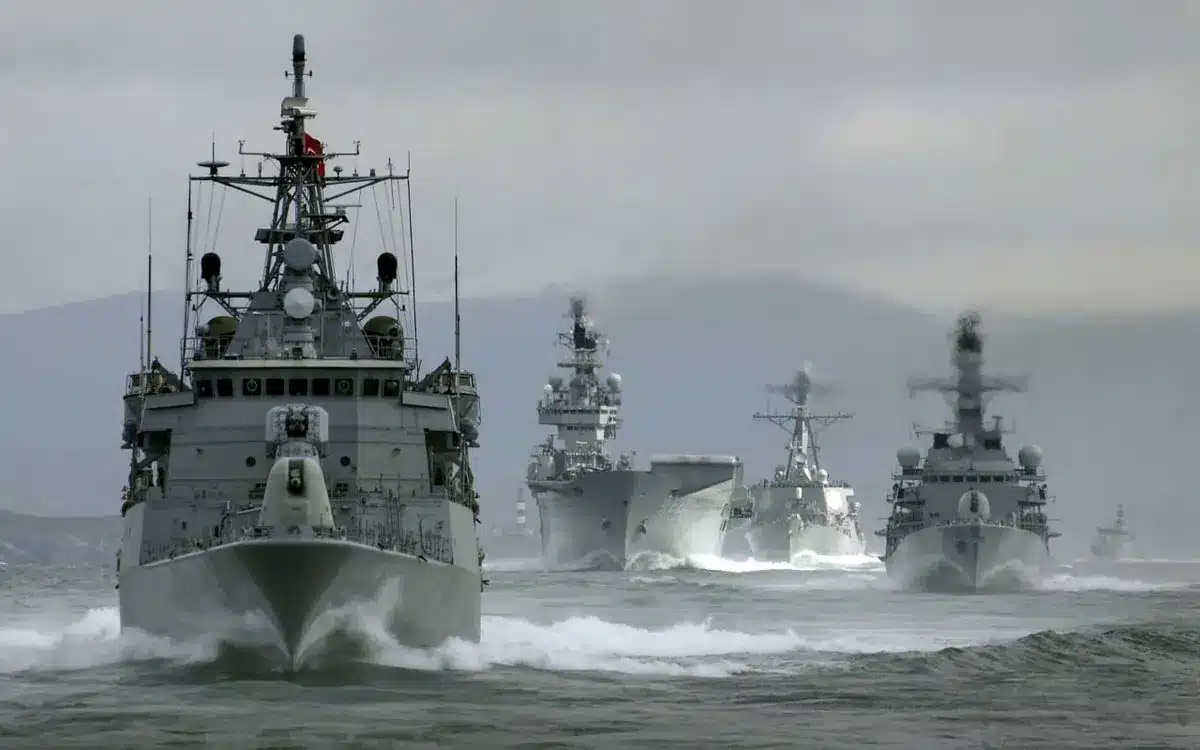Defense companies worldwide are unveiling a new generation of drones, airborne loyal wingmen and naval autonomous systems, set to reshape combat. Programs from Lockheed Martin, Dassault, Boeing, and others highlight a shift toward affordability, survivability, and autonomy.
A new wave of air combat drones
In September 2025, Lockheed Martin’s Skunk Works introduced the Vectis, a stealth combat drone designed as part of the U.S. Air Force’s Collaborative Combat Aircraft (CCA) vision. Intended to fly alongside fighters such as the F-35, the Vectis combines affordability, survivability, and adaptability. Lockheed has set a goal of achieving a first flight within two years, around 2027.
Dassault Aviation has similarly entered the loyal wingman domain. At the Paris Air Show 2025, the French company presented a stealth UCAS (Uncrewed Combat Air System) prototype intended to integrate with the future Rafale F5 standard. Successor to the earlier nEUROn demonstrator, the new drone is expected to offer internal weapons bays, stealth shaping, and collaborative capabilities, with operational service envisioned around 2033.
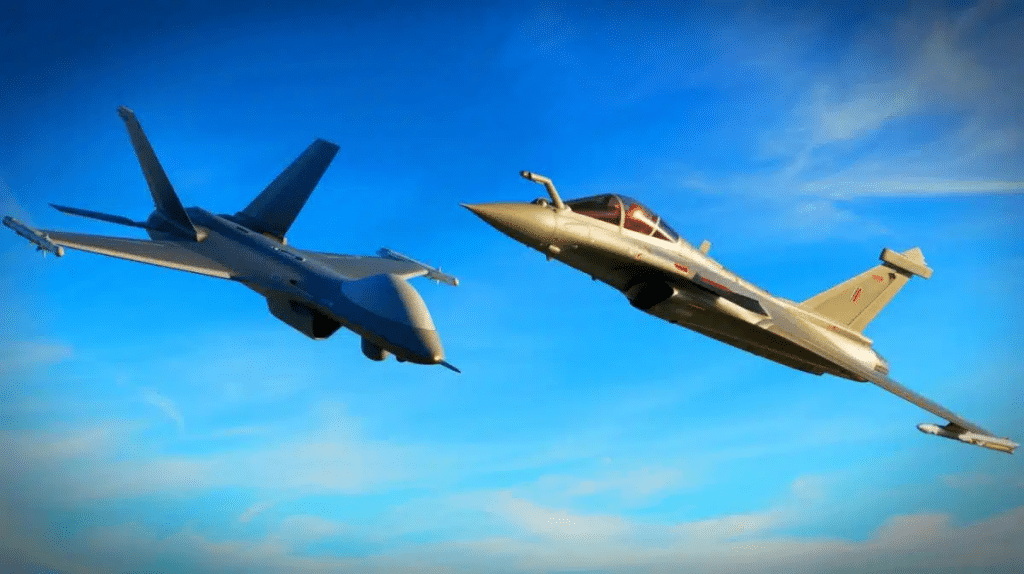
These programs complement other Western efforts. The U.S. Air Force’s CCA Increment 1 has down-selected General Atomics and Anduril for prototype development. General Atomics’ YFQ-42A Gambit achieved its first flight in August 2025, while Anduril’s YFQ-44A Fury is progressing toward flight testing. Both remain in advanced development, with a production decision targeted for fiscal year 2026. Boeing continues to mature the MQ-28 Ghost Bat in Australia, with potential new roles under evaluation, including airborne refueling, electronic warfare, and ISR.
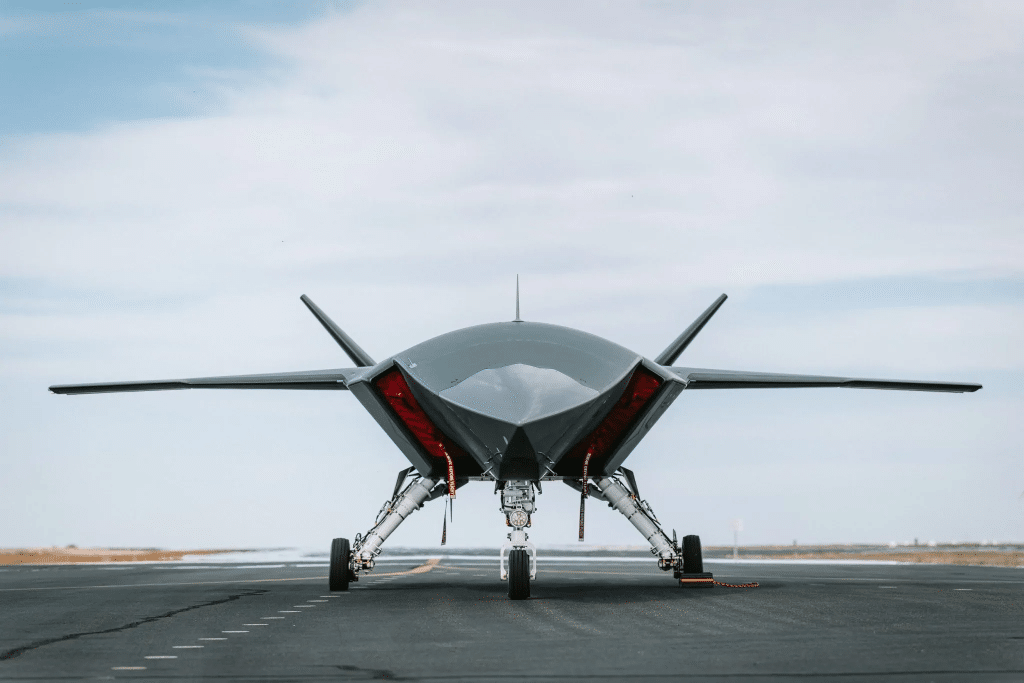
Other nations are racing ahead as well. Turkey has pushed the Kızılelma UCAV into production and tested the ANKA-3 with weapons carried internally. China has fielded the GJ-11 Sharp Sword, including a carrier-capable version, and revealed loyal wingman concepts like the FH-97A. Russia’s S-70 Okhotnik-B remains in flight testing but faces delays and setbacks, including reports of prototype losses, casting uncertainty over its transition to serial production. Israel’s Elbit and IAI continue evolving systems such as the Hermes 650 Spark and upgraded Heron TP.
Naval autonomy: from coastlines to the deep
Naval innovation is moving at equal speed. Australia, together with Anduril, is developing the Ghost Shark XLUUV, a massive extra-large undersea drone valued at A$1.7 billion, with first deliveries expected by 2026. The U.S. Navy’s Orca XLUUV, built by Boeing, has already begun sea trials and is set to become its largest autonomous undersea platform.

The United Kingdom is pursuing its CETUS XLUUV program while also experimenting with BAE’s Herne project, integrating European underwater autonomy expertise. Singapore has operationalized MARSEC USVs for coastal patrol, and Turkey has expanded its ULAQ USV family to include anti-ship and electronic warfare variants.
In Northeast Asia, South Korea’s Hanwha is developing multi-mission USVs and experimenting with swarming tactics, while China is fielding the large JARI-USV-A, a trimaran-style drone ship. NATO members continue to expand their underwater fleets with systems like HII’s REMUS 620 and Kongsberg’s HUGIN Superior, designed for mine countermeasures and long-endurance ISR.
Strategic implications
The global race in drone innovation is redefining power projection. Survivability at lower cost is advancing through risk-tolerant platforms, Vectis, Ghost Bat, and Kızılelma, that commanders can commit to high-threat environments where manned fighters or capital ships are too valuable to risk. Across domains, from UCAVs to XLUUVs, unmanned systems are being engineered to operate with traditional forces in collaborative, networked formations. The industrial landscape is also shifting as startups like Anduril and regional champions like Baykar challenge legacy primes, compressing innovation cycles and reshaping procurement. Together, these shifts point to a future in which unmanned systems evolve from peripheral adjuncts to core pillars of military power projection.

